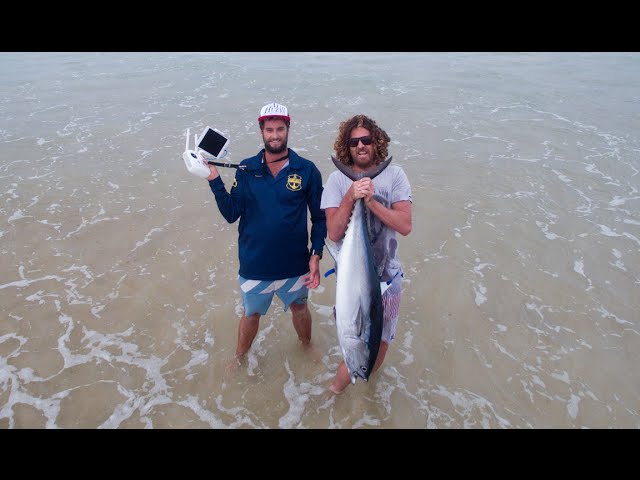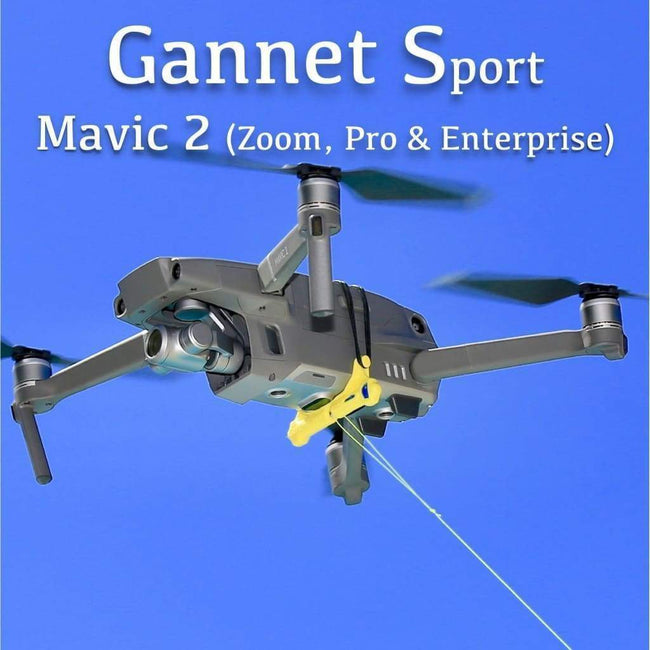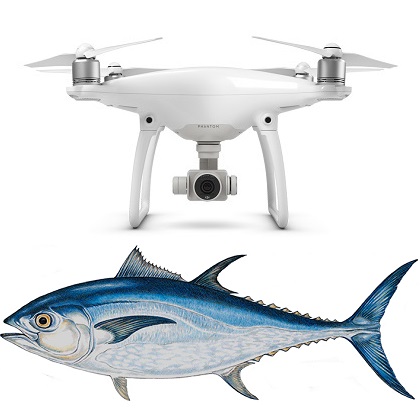
A drone can be used to view the water around your property if you're a keen fisherman living in Australia. A drone can have many features such as an angle adjustable camera and GPS positioning system. Fishing lines can be purchased that are extremely stable and secure. One such example is the SKY RIGGER drone.
SKY RIGGER, a drone fishing line, is available
The SKY RIGGER, a flexible fishing system for drones, allows you fish from the air using minimal effort. Two rotating leg clamps can be mounted to any drone model. The release mechanism uses a bayonet connection and a camlock arm. This allows for quick opening of the line clamps. Sky RIGGER is unlike other drones and can be used for all types of fishing.
The SKY RIGGER includes an automatic release system for fish that strike your fly. You can also release the line manually with your hand or rod. This feature is standard on all SKY RIGGER models. It is highly recommended to buy a Phantom 3 first before purchasing the new SKY RIGGER. The following are some pros and con's of the new line:
It features a mechanical payload release
The mechanical payload release is a key feature of a drone. Many of them allow anglers to quickly and easily release their fishing line. Some models, however, do not include a release mechanism. To release the drone, one must "yank" the fishing lines. This can be difficult, especially for those who aren’t used to releasing the line with their hands.

Another important feature is its payload release mechanism. Payloads should be capable of releasing the drone's line once the fish has been caught. This method is not easy to use. You can't just pull the fish up and let it go. Many people have had good experiences with the DJI Phantom drone. However, this technology has not yet reached the level of fishing drones that are available on the market.
It has a GPS positioning system
Rippton, an Australian and Dutch joint venture, specializes in technology-oriented fish products. It was established to help anglers improve their success rates and create products that will enhance the enjoyment of fishing. Rippton’s Mobula drone comes with a GPS position system and remote release. The Mobula drone can store bait at the top, protect against kite clippings, and is eco-friendly.
It is lightweight and weighs just 3 lbs. It can fly for up 18 minutes. It is also equipped with a high-tech GPS system that allows it to control it from up to 2,000 yards away. It can fly for up to 1000m, which is half a mile. The point of interest feature allows it to take high-quality photos of its surroundings. You can enjoy stunning views of fish through its high-resolution lens.
It has a failsafe feature
Aerokontiki has an emergency feature that allows it to monitor the battery level and release the fishing line if necessary. It will return to dry land if the battery runs out and continue its mission. It uses industrial-grade flight controllers and can operate anywhere without recalibration. The drone can be used in even the most challenging water spots, and is waterproof.

FAQ
What are the rules of operation for drones?
You need to register your drone with the FAA. You will need to submit information about your drone including its weight and size as well as operating frequency. This registration process requires that you obtain an FAA identification code.
Can I fly my drone indoors?
Yes, you can fly your drone indoors. Your home must be free of hazards and obstacles. Avoid flying near heating vents, heating vents and air conditioning units.
A drone can spy on you.
Anyone can spy on you with a drone. Protecting yourself from drones requires that you be alert to them and stay away from areas where they fly. Notify 911 immediately if you find a drone in your vicinity.
Statistics
- According to Indeed, a drone pilot gets paid $25.73 per hour on average in the US. (dronesgator.com)
- According to industry research from ZipRecruiter , there are 10 cities where the typical salary for a Drone Pilot job is above the national average. (dronesgator.com)
- According to the multiple listing service (MLS), houses and apartments with drone photographs are up to 68 percent more likely to sell than those without pictures. (thedroneu.com)
External Links
How To
How to Fly Drones for Beginners
A drone is a remote-controlled aircraft used for aerial photography, cinematography, surveillance, scientific research, and hobby purposes. Drones have been in use since World War II. However, commercial use began in 2010 when DJI released their Phantom series of quadcopters. Since then, there have been many different types of drones available, from beginner-friendly models like the Parrot AR Drone 2.0 to professional-grade multi-rotor craft like the DJI Mavic Pro.
There are many methods to fly a Drone, including
-
Remote control – This technique uses a control device attached directly to your hands that allows you steer the drone around its flight path. There are two main types: Joysticks (like a radio), and On/Off switches (like an alarm clock).
-
Manual Control – This allows remote operation of the drone via GPS coordinates using a smartphone application. The app will provide instructions and help you to locate the drone.
-
Autonomous Flight - This method involves leaving the piloting duties to the drone itself. It allows the drone to fly independently without any human intervention. The drone must be equipped with a camera and sensors that can capture images and data in order to fly autonomously.
-
Triggered Flight - This method is similar to manual control, except the pilot manually sets up a preprogrammed route, and the drone follows that route until it reaches the endpoint. The drone automatically lands once the route has been completed and returns to the base.
-
Landing Gear – Some drones are equipped with landing gear, which allows them to safely land if they lose power during flight.
-
Goggles-Some pilots use goggles to protect their eyes from debris during operations.
-
Camera - Some drones can be equipped with cameras which enable you to capture photos from the sky.
-
Obstacles. Some drones can have obstacle avoidance technology that stops them from hitting obstacles.
-
Speed – Some drones can reach speeds in excess of 40 mph.
-
Battery Life - Most drones last between 20 and 3 hours depending on how much power they have.
-
Range - Depending on the model, some drones can travel up to 30 miles away.
-
Power source - Some drones require an external power source; others work off internal batteries.
-
Weight - Some drones weigh less than 1 pound, whereas other models weigh up to 4 pounds.
-
Size - From small drones that can be carried in the palm of one's hand to larger drones that weigh over 50 pounds, drones come in a variety of sizes.
-
Price – All drones fall into a price category. These range from expensive models that cost thousands to affordable options that start at 100 dollars.